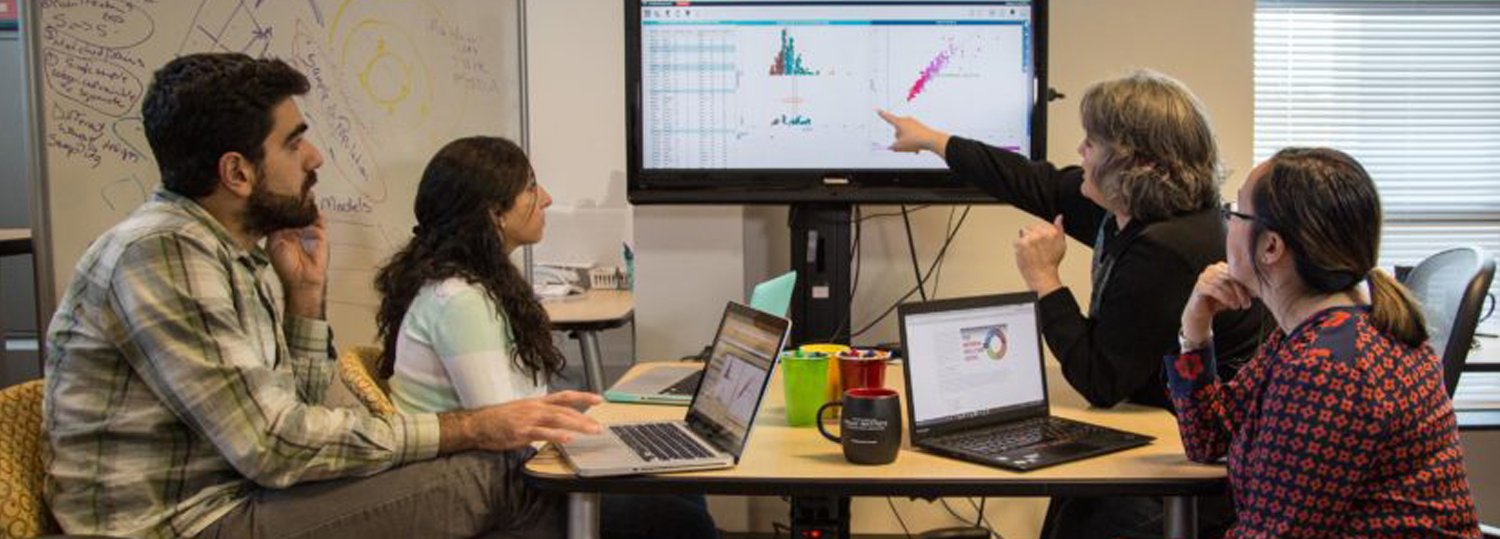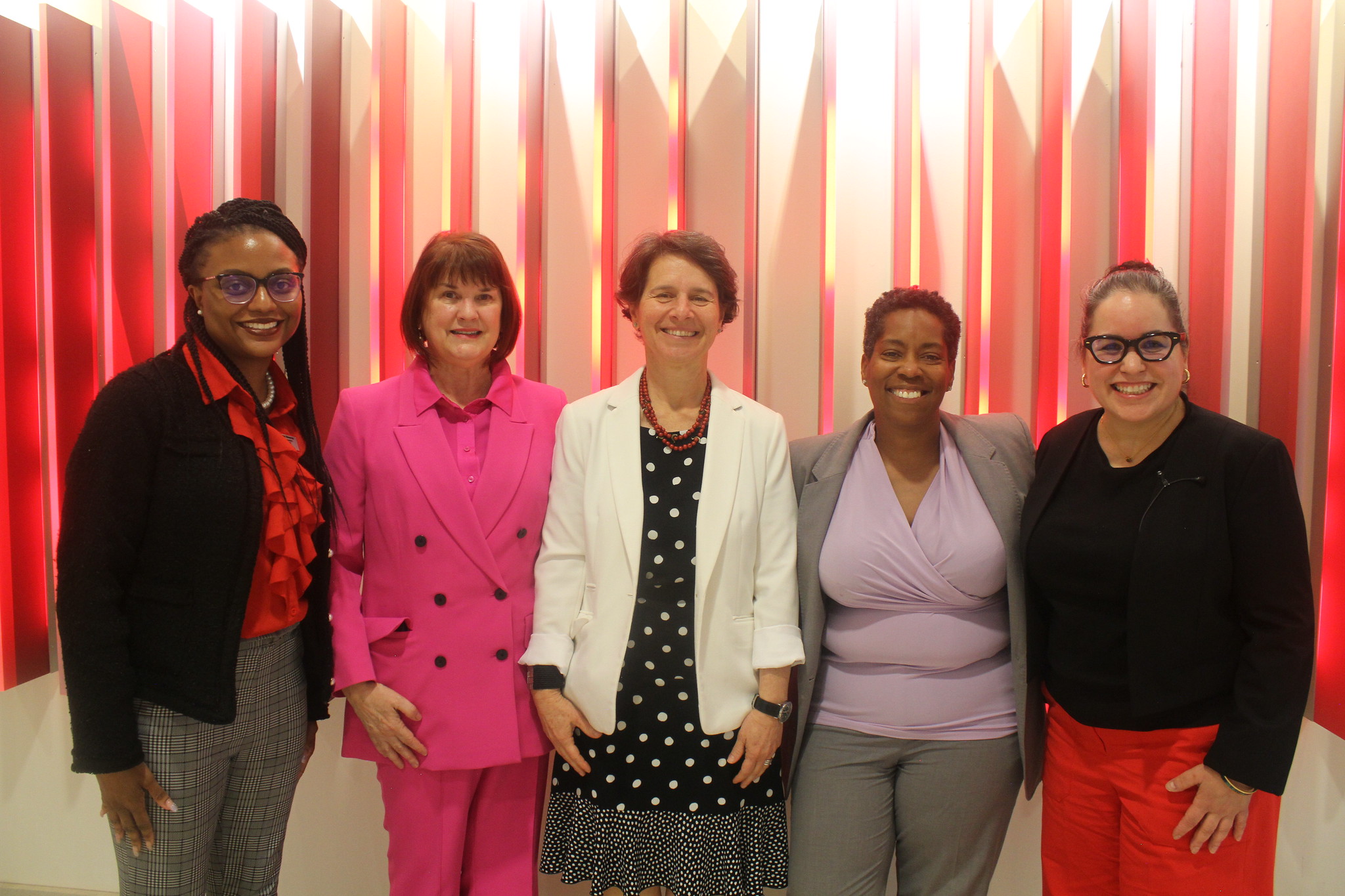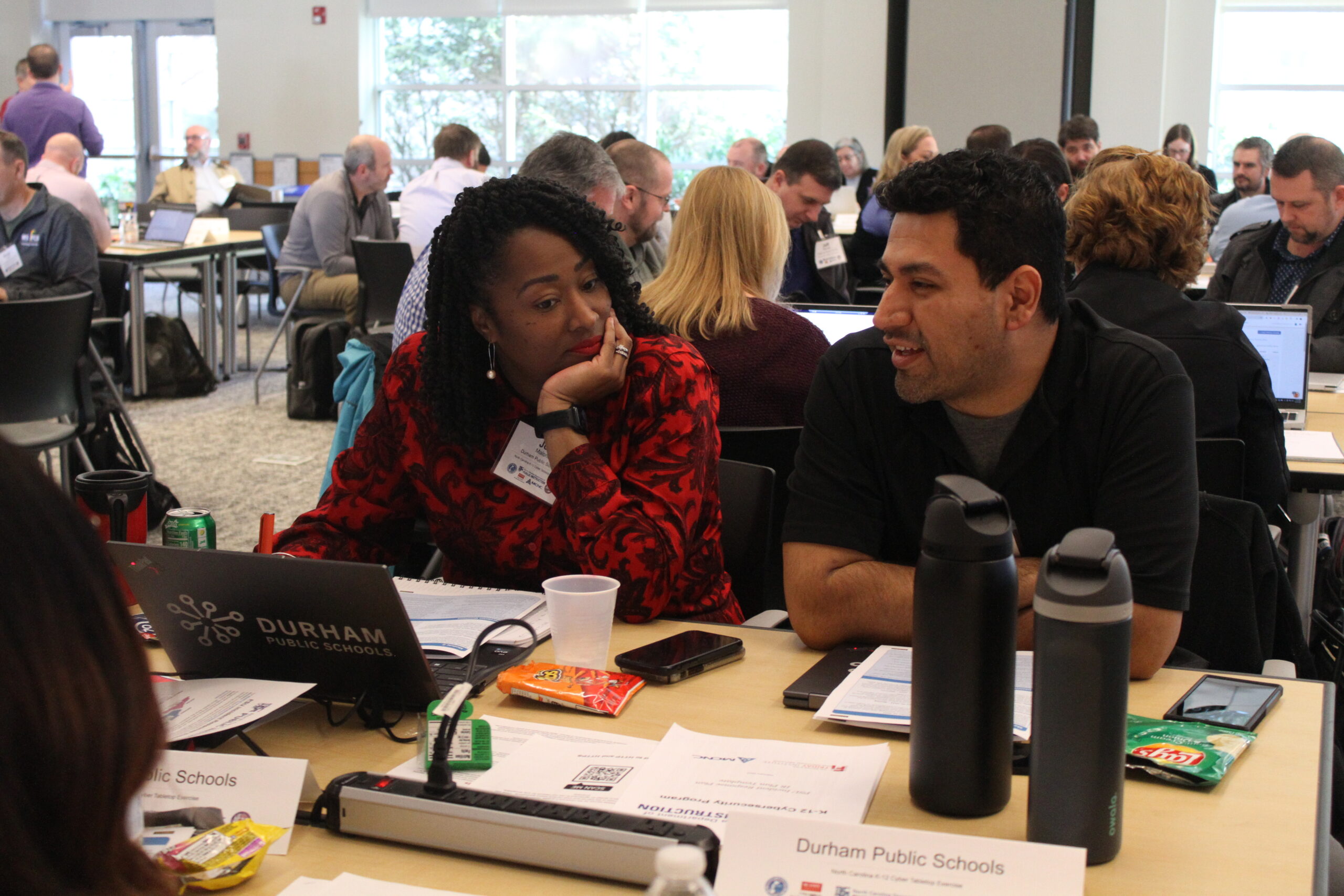Friday Institute’s HI-RiSE Partnership with the American Statistical Association Provides Statistics Resources for Teachers
Data science has become central to our world, which has become increasingly evident over the last year. The global community has used data to combat the spread of COVID-19, from screening test results to using statistical models to predict COVID-19 cases, hospitalizations and more. With the recent updated release of the American Statistical Association’s (ASA) Guidelines for Assessment and Instruction in Statistics Education (GAISE) Report, there has been increased national attention on high school math education and the importance of statistics and data science education in K-12 classrooms through efforts by the National Council of Teachers of Mathematics (NCTM) and the ASA. Finally, there is growing traction in many states to rethink high school mathematics courses to include more data and statistics and less algebra.
The ASA’s K-12 division has seized on this attention to strategize how to get reliable, well-researched classroom and professional learning resources for K-12 educators. ASA K–12 Statistical Ambassador Christine Franklin contacted long-standing partner and statistics education leader Hollylynne Lee, Ph.D., professor of mathematics and statistics education in the NC State College of Education, senior faculty fellow at the Friday Institute for Educational Innovation and director of the Hub for Innovation and Research in Statistics Education (HI-RiSE) team, to share resources at ASA’s K-12 Statistics Teacher Meet-up Stats Chats in March and April of this year. On April 15, Lee and Research Scholar Gemma Mojica, Ph.D., presented at their second Stats Chat with their session “Expanding Your Professional Learning in Teaching Statistics and Data Science in 6-12 Classrooms.”
“As national societies such as ASA and NCTM have recommended more statistics standards in state math standards, the professional development of math teachers has become an essential priority,” Franklin said. “The majority even say most current teachers experienced little to no statistical content in their mathematics training to teach. The HI-RiSE team has taken a leadership role in providing this needed professional development online, making it accessible to teachers nationally and internationally.”
Lee first worked with a small working group on research in statistics education in 2009 at the ASA, but her work with the ASA formally began in 2013 when she was the editor for the ASA’s online journal of lesson plans in statistics, STatistics Education Web (STEW), and became a liaison on the ASA-NCTM joint committee for K-12 statistics education. Her relationship with the ASA has been symbiotic ever since then in an effort to make the work of statistics education more visible and prominent in K-12 classrooms. Members of the ASA K-12 education and outreach group, as well as Franklin, have served as advisers on many of Lee’s National Science Foundation (NSF) grant-funded projects, contributed to Lee’s online professional learning statistics courses for educators and supported Lee’s work with professional learning teams of teachers enrolled in her Teaching Statistics Through Data Investigations (TSDI) course.
“Partnering with the ASA has been a key aspect in the development of my materials, professional learning designs and research,” Lee said. “I am forever grateful to have these amazing, dedicated educators at ASA only an email, text, Zoom or phone call away. When they started the K-12 Statistics Teacher Meet-up Stats Chats, we at HI-RiSE were happy to lead two of them this spring and get the word out to our network of educators.”
Together, the partners have worked to spread the message about the importance of statistics and data science, more recently to shape education policy. In 2020, 160 individuals, including members of HI-RiSE and ASA, wrote a letter to then President-Elect Joe Biden to express support for the elevation of data science education. As part of the Data Science 4 Everyone movement, the authors of the letter asked the federal government to play a key role in encouraging states and school districts to incorporate data science into math standards and curriculum.
Many people might associate the ASA with statisticians, post-secondary education and career development, but their work begins in K-12 education, where it is dedicated to enhancing statistics at all levels of education and providing resources for K-12 teachers and teacher educators. ASA K-12 Statistics Teacher Meet-up Stats Chats began in October 2020 to share statistics resources and discuss K-12 statistics topics.
During this month’s session, the HI-RiSE team helped educators develop their expertise in teaching statistics and data science in middle and high school and shared resources from their new free, web-based, on-demand professional learning experience, “Amplifying Statistics and Data Science in Classrooms.” They also provided strategies for using those online materials individually or with colleagues through professional learning teams. “Amplifying Statistics” helps educators develop strategies for using an investigation cycle to teach statistics and data science, ignites students’ interest in real world data investigations with technology, and emphasizes inferential reasoning through posing different types of investigative questions. Both modules in the professional learning experience feature conversations with expert teachers and statistics educators, including Franklin, as well as opportunities to engage with data and view videos of students and teachers engaging with data in classrooms.
“Teachers need access to free high-quality professional learning that they can do on their own time at their own pace,” Lee said. “We have strong research results from the past offerings of courses such as TSDI and how they made an impact on teachers’ knowledge, confidence and practices in classrooms. We have taken these results, and what worked well from those prior courses, and made the modules for ‘Amplifying Statistics and Data Science in Classrooms’.”
As the need for data literacy grows, so will students’ desire for data skills. Educators will need more resources and guidance to teach those skills, as they tend to feel a lack of confidence in teaching statistics and data science. Professional learning like “Amplifying Statistics” will provide educators with those resources.
“Educators typically recognize that teaching statistics and data science is very new and unfamiliar to them,” Lee said. “Seeking out high-quality resources, like those provided by the ASA, and committing to engaging in professional learning, even if bite-sized for a few hours, can make a huge difference. But the real commitment and steps toward building confidence is to just do it. Lean into the unfamiliarity and uncertainty that comes in doing a lesson with data where there is not one approach or one solution. Let your students loose on a data investigation and enjoy the ride as the learning unfolds in your classroom.”
- Categories:


